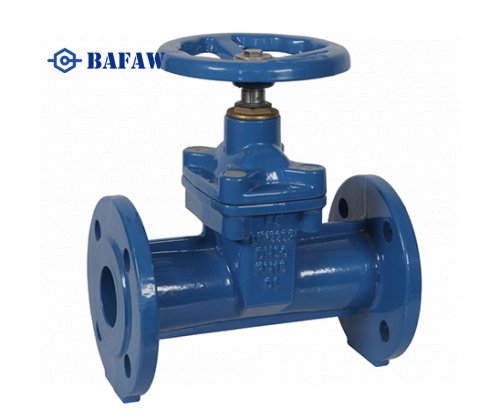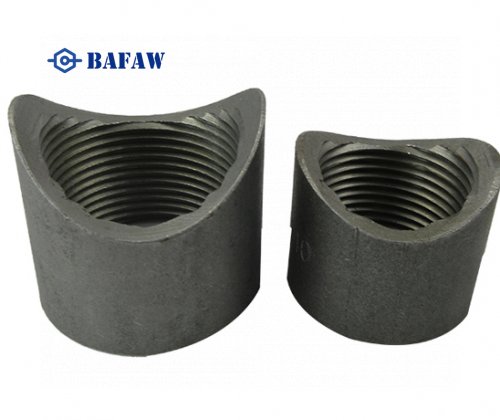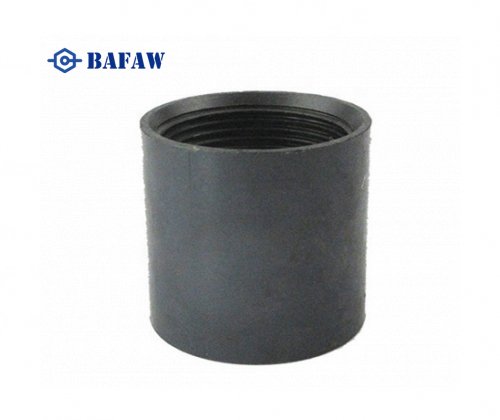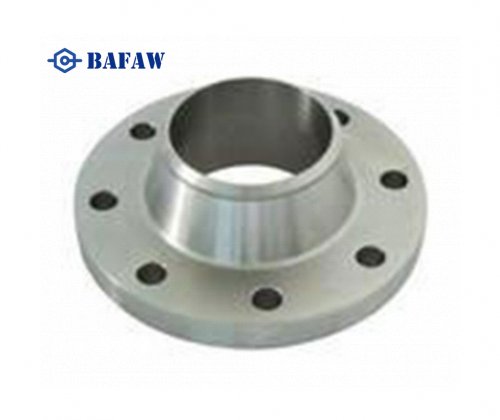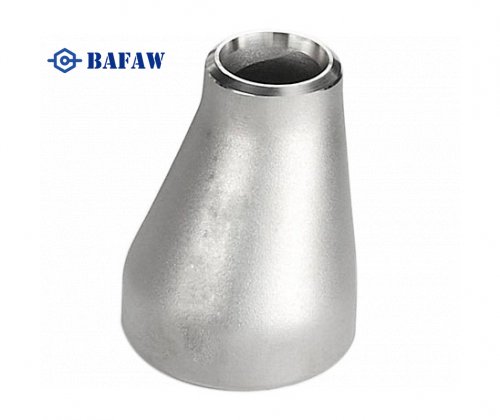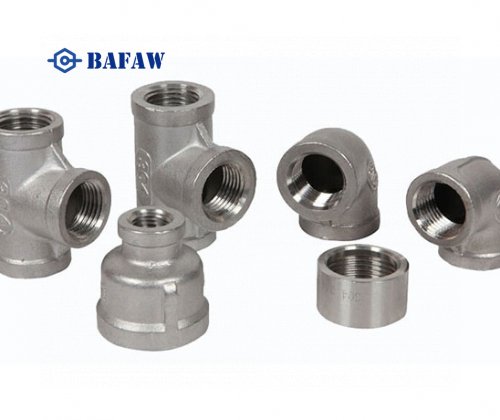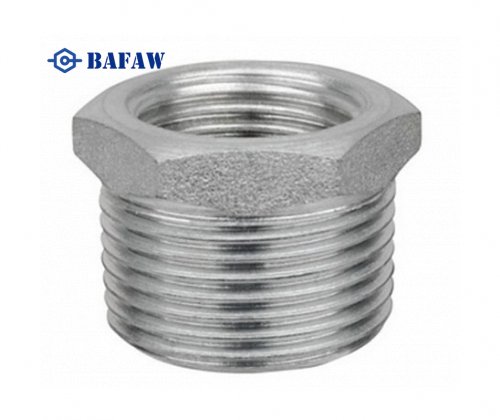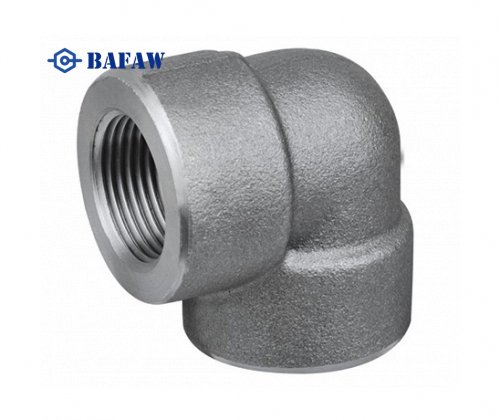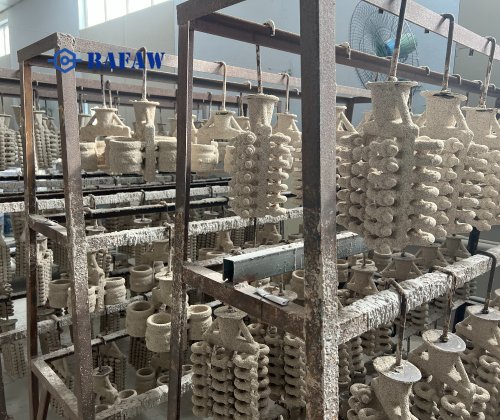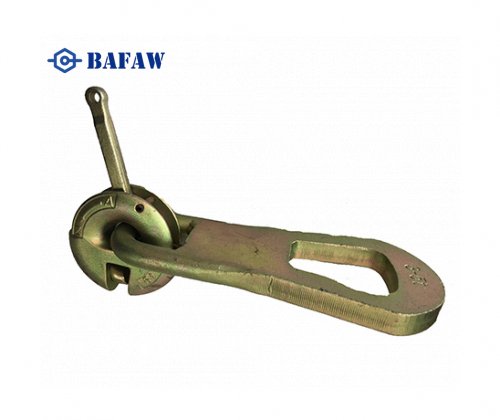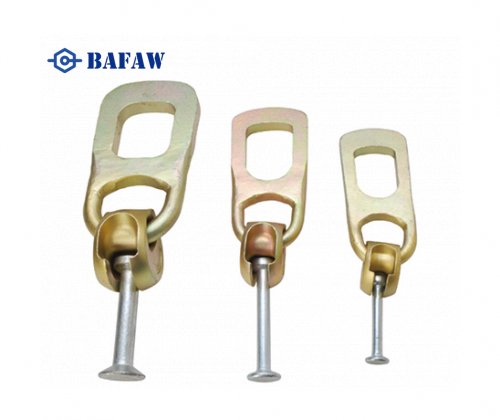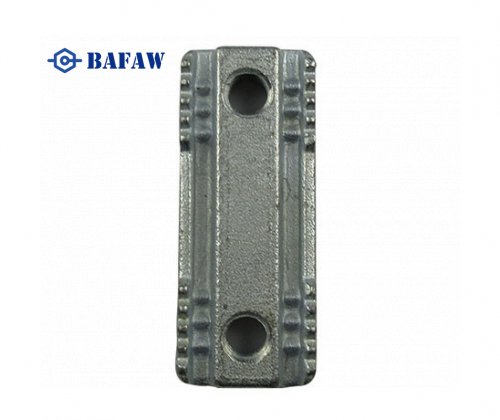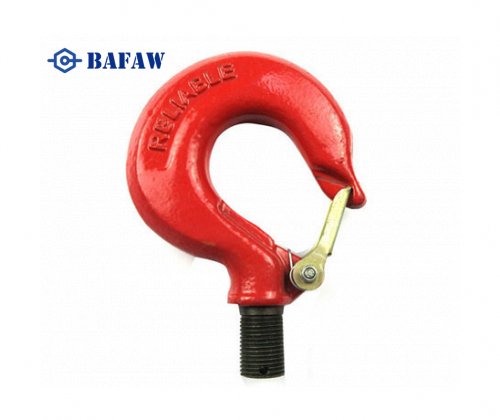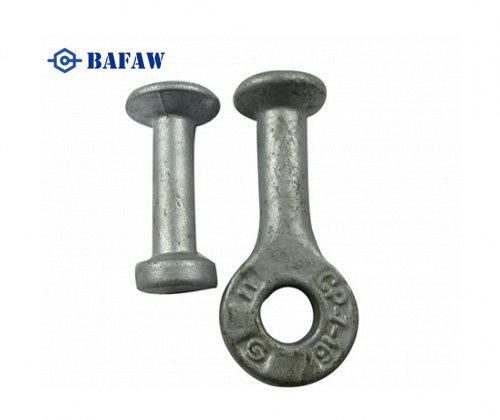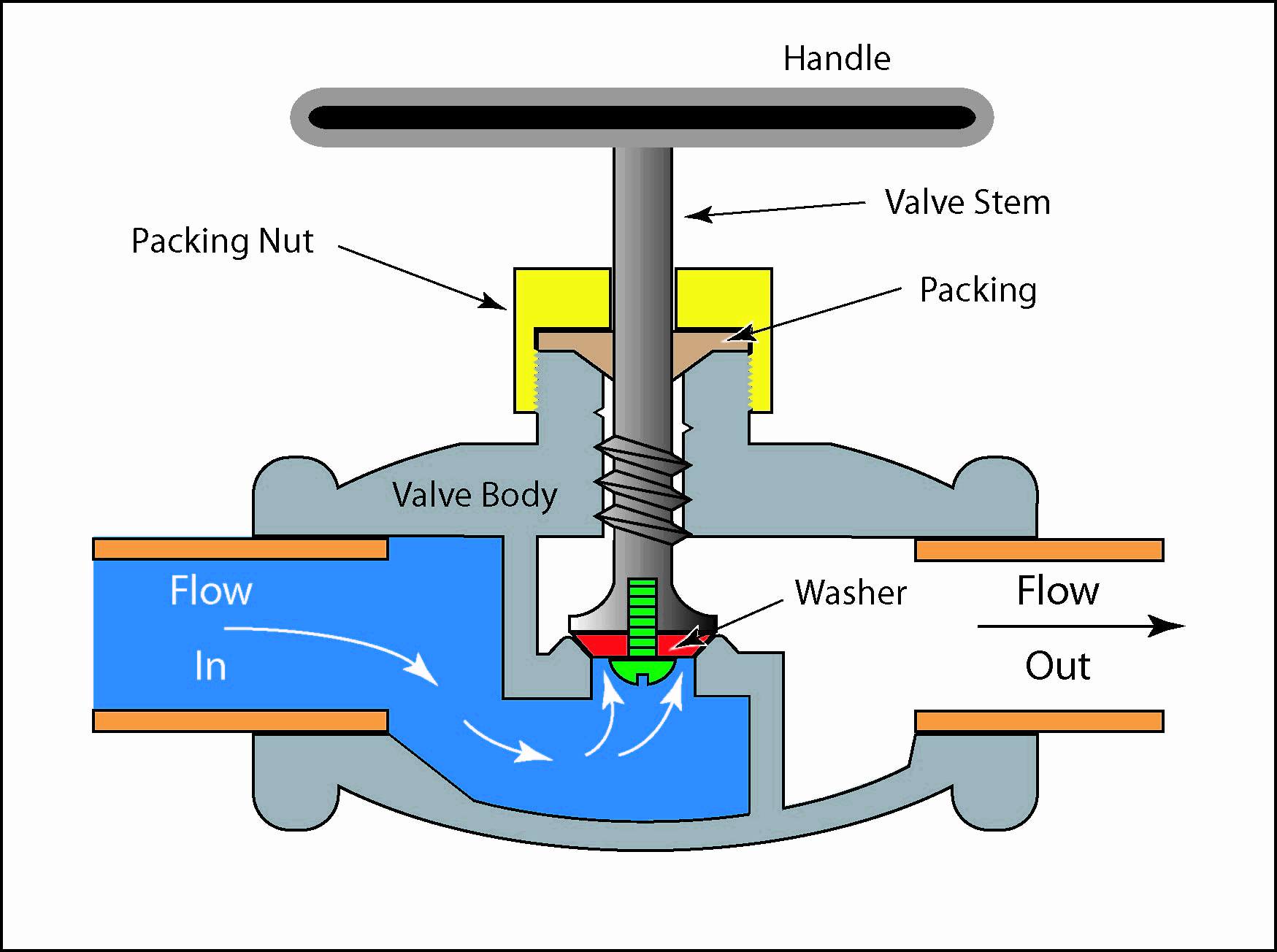The globe valve's effectiveness and service life depend on proper installation. Your valve will perform better and last longer when you pay attention to its orientation, support, and testing.
Proper Orientation and Flow Direction
Globe valves work in one direction, so the flow direction matters. The valve must be installed according to the flow direction arrow marked on its body. The valve should be positioned with pressure entering beneath the seat for low-temperature applications. This setup makes operation easier and protects the packing. High-temperature steam service requires installation with pressure above the disk. This prevents stem contraction during cooling that could lead to leakage.
The best performance comes from horizontal installation with an upright handwheel position. This allows the disk to fully close on the seat. Vertical installation remains possible but might prevent complete closure. An upside-down orientation usually isn't recommended.
Support Requirements and Stress Considerations
Valves often fail early due to poor support. The valve needs pipe supports and braces to eliminate weight and side loads that could warp the body and hurt the seal. Extended bonnets need enough space to expand and contract from heat without touching other equipment.
Flanged valves must be centered accurately between flanges in proper alignment. This prevents stress from acting on the valve's body. All bolts should be tightened evenly in a diagonal pattern to avoid distortion or damage.
Leak Testing and Commissioning Procedures
Complete these tests before full operation:
Run a full dry cycle from closed to open position and back
Raise internal pressure slowly to check flange and bolt installation
Look for leaks around joints, packing, and gaskets
Test integrity again at operating pressure levels
The valve will last longer if you check all pressure-containing bolts before pressurization. This includes the bonnet, seal plate, packing gland, and end connections. Record key details about the installation such as the valve's location, size, installation date, and number of turns needed to open. This information helps with future maintenance.
Maintenance and Troubleshooting Guide
Globe valves need systematic maintenance and good troubleshooting to stay reliable over time. Good care helps them last longer and saves money by avoiding repairs and downtime.
Common Globe Valve Failures and Their Causes
Globe valves usually fail because they leak. These leaks can happen in the valve body, stem, or seat. Worn sealing surfaces, old gaskets, or bent valve stems cause most problems. Valves also stick when scale builds up inside or they lack proper lubrication. Other issues include valves that won't move freely and air leaks when closed. Using wrong materials and parts that rust make these problems worse.
Preventive Maintenance Schedule Development
A well-laid-out schedule makes maintenance work better. New valves need inspection after 1-6 months of use, once the process settles. After that, check performance every 2-5 years or 250,000 cycles. Major maintenance should happen every 5-10 years or 750,000 cycles. Valves that cycle often or play critical roles need more frequent checks based on the fluid they handle, how often they cycle, and pressure conditions.
Packing and Seal Replacement Procedures
Here's how to replace packing:
The valve must be depressurized and taken out of service
Take off the actuator, bracketing, and coupling if they're there
Remove the packing nut, washer, and old packing rings carefully
Look at the valve stem for any buildup or damage
Put in new packing with staggered joints and add proper lubricant
Tighten the packing nut evenly until leaks stop, but don't overdo it
Diagnostic Approaches for Performance Issues
Start diagnosing performance problems with a visual check of valve parts to spot damage. Leaks often need gradual tightening of packing gland nuts - turn each ¼ turn while keeping them level. Pressure tests can find leaks you might miss by just looking. Modern diagnostic tools can spot specific problems like high friction, hysteresis, and actuator leaks while valves stay online.
Repair vs. Replace Decision Framework
Several factors help decide between fixing or replacing a valve:
Repair costs above 60% of a new valve mean replacement makes more sense
A valve that needs fixing often should probably be replaced
Compare how long repairs take versus replacement
New parts sometimes take longer to get than new valves
Top-entry designs let you fix valves in place, but two-piece designs usually need complete replacement
Conclusion
Globe valves are vital components in modern industrial flow control systems. Their strong design, precise control capabilities, and reliable sealing mechanisms make them perfect for demanding applications in industries of all types.
This detailed guide covered everything about globe valves. Their linear motion mechanism delivers exceptional throttling precision. Smart material choices let them handle extreme pressures and temperatures. The right sizing methods and installation practices ensure peak performance in specific applications.
Maintenance significantly impacts a globe valve's lifespan. Regular checks combined with organized troubleshooting help avoid getting pricey breakdowns and make the valves last longer. Facility managers and maintenance teams need to master both preventive maintenance schedules and repair procedures.
Success with globe valves comes down to thinking over application needs, using proper installation methods, and keeping up with maintenance. This knowledge gives engineers and technicians the ability to make smart choices about valve selection, installation, and upkeep. They ended up creating more efficient and reliable industrial processes.
FAQs
Q1. What is the primary function of a globe valve in industrial settings? Globe valves are essential for precise flow control in industrial applications. They excel at regulating fluid flow in various systems, from water management to turbine seals, offering exceptional throttling capabilities and reliable shutoff performance.
Q2. How do globe valves differ from gate valves in terms of functionality? Globe valves are unidirectional and best suited for applications requiring precise flow control, especially where significant pressure changes are not a concern. Gate valves, on the other hand, are multidirectional and ideal for situations where minimal pressure drop is crucial.
Q3. What are the key design features that make globe valves effective for flow control? Globe valves feature a linear motion mechanism with a disk or plug moving in a straight line towards or away from a stationary seat. This design, combined with their S-shaped flow path, allows for exceptionally precise control over flow rates and excellent sealing capabilities.
Q4. How often should globe valves be inspected and maintained? New globe valves should be inspected 1-6 months after startup. Subsequently, performance checks are recommended every 2-5 years or after 250,000 cycles, with major maintenance advised every 5-10 years or 750,000 cycles. High-cycle or critical applications may require more frequent inspections.
Q5. What factors should be considered when deciding between repairing or replacing a globe valve? When deciding between repair and replacement, consider the cost threshold (repair exceeding 60% of replacement cost), valve history, downtime impact, parts availability, and design accessibility. These factors help determine the most economical and efficient course of action for maintaining optimal valve performance.

















